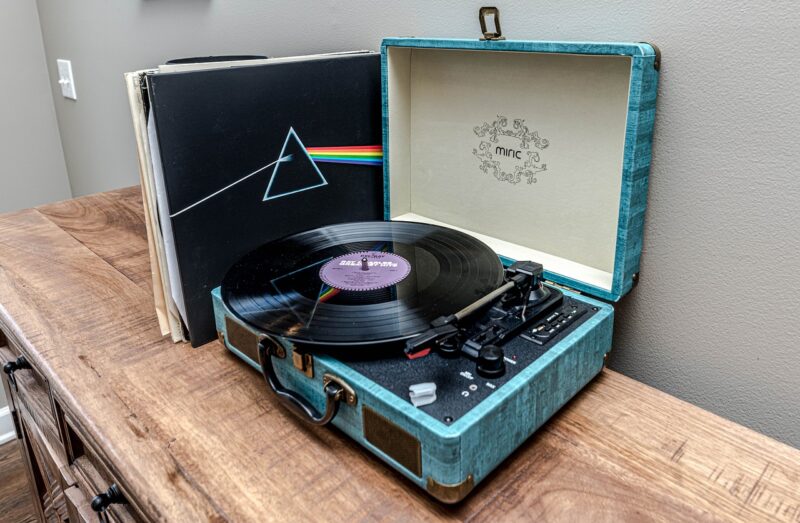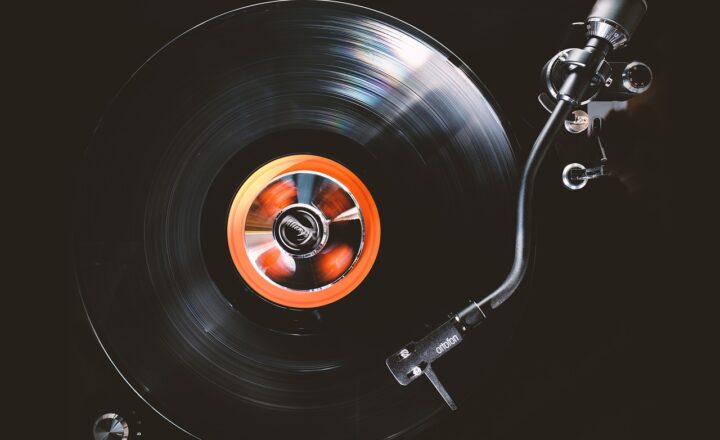Why Vinyl’s Warm Sound Still Outshines Digital in the Age of Streaming
November 18, 2024

In an era dominated by digital streaming, where music is just a click away, one format has resurged in popularity with an undeniable allure: vinyl records. While the convenience and accessibility of digital platforms can hardly be overstated, many audiophiles and casual listeners alike are advocating for the unique listening experience that vinyl provides. This article delves into the reasons why vinyl’s warm sound continues to captivate and outshine digital formats.
1. The Physicality of Vinyl
Unlike digital music that can be stored and played on various devices, vinyl records are tangible items. This physical aspect contributes to the entire music experience, from the album cover artwork to the act of placing the needle on the record. Here’s why this physicality matters:
- Engagement with Music: Handling records requires a more intentional listening experience. You have to engage with your music physically, making it a more immersive experience compared to simply streaming a playlist.
- Appreciation for Art: Vinyl records usually come with large, intricate album art, allowing artists to showcase their work visually. This connection enhances the overall appreciation for the music beyond auditory senses.
2. The Warmth of Analog Sound
To many listeners, the warmth of vinyl’s analog sound is irreplaceable. Here’s what gives vinyl its rich and inviting sonic characteristics:
- Dynamic Range: Vinyl records can capture a wider dynamic range, allowing for subtle nuances in music that digital formats often compress. The intricate details of a performance can be more pronounced, leading to a richer listening experience.
- Harmonic Distortion: Analog formats tend to add a degree of harmonic distortion which can create a fuller sound. This compression, unlike that in digital formats, can be pleasing to the ear, making the listening experience sound warmer and more authentic.
- Lack of Quantization Errors: Digital recordings can suffer from quantization errors, leading to loss of detail and clarity. On the other hand, vinyl captures the entire sound wave without these limitations, offering a more faithful representation of the performance.
3. Nostalgia and Cultural Connection
Vinyl records are steeped in nostalgia, representing a bygone era of music consumption. This connection enhances the experience in several ways:
- Cultural Significance: Vinyl records have cultural and historic significance that digital music lacks. They represent an ethos and devotion to craftsmanship in music making, which many listeners find compelling.
- Social Experience: Playing vinyl records can be a communal event. Many music lovers enjoy discussing their favorite records, sharing collections, and experiencing music playback together, creating a sense of community that’s less pronounced with streaming services.
- Storytelling: Every vinyl record has a story—whether it’s the album’s history, the artist’s journey, or personal memories associated with certain tracks. This narrative element is often absent when simply clicking play on a streaming service.
4. The Art of Collecting Records
The vinyl community thrives on the act of collecting. Unlike playlists or digital libraries that can expand endlessly, vinyl collecting requires curation and intention. Consider these factors:
- Curated Experience: Collecting vinyl encourages listeners to curate their musical journey. Each record is chosen with thought, leading to meaningful engagement compared to the often impersonal nature of playlists.
- Limited Editions and Rarity: Many collectors have an eye for rare editions, colored vinyl, or special pressings. The thrill of hunting for that elusive record adds excitement to the hobby, unlike the simplistic instant access digital formats provide.
- Community Engagement: Record fairs, shops, and clubs foster community engagement among collectors, which can lead to friendships and shared recommendations that enrich the music experience further.
5. Streaming Limitations
While streaming platforms provide convenience, they also come with their own set of limitations that can detract from the listening experience:
- Sound Compression: Most streaming services compress audio files to save bandwidth, which can result in the loss of sound quality. This compression often diminishes the subtleties that make a song truly special.
- Algorithmic Playlists: Streaming relies heavily on algorithms to suggest music, which can often dilute personal discovery. This reliance on algorithms limits serendipitous finds that come about from browsing physical records or personal suggestions.
- Music Ownership: When you buy a vinyl record, you own it outright. Streaming services operate on licensing agreements that can change or even disappear overnight, leaving listeners without access to their favorite songs at the provider’s discretion.
Conclusion
As we navigate through an age where convenience often trumps quality, vinyl records hold a unique place in the realm of music enjoyment. The warmth of its sound, the physical experience of handling records, and the cultural connections fostered through collecting all contribute to vinyl’s resurgence.
While digital streaming will undoubtedly remain a staple in the music industry due to its accessibility, vinyl records offer a rich auditory experience that many find irreplaceable. For those looking to immerse themselves in the music of their favorite artists authentically, choosing vinyl may just be the best way to do so, transcending the limitations of our digital world and reconnecting us with the music we love.
Whether you’re a seasoned collector or new to the world of vinyl, taking the time to appreciate music in its most tangible form can provide a rewarding experience that digital formats can hardly compete with.






